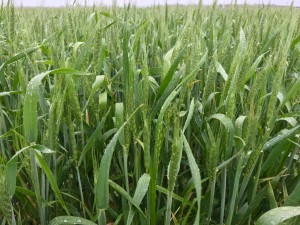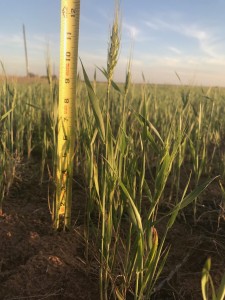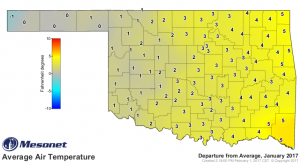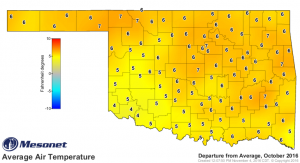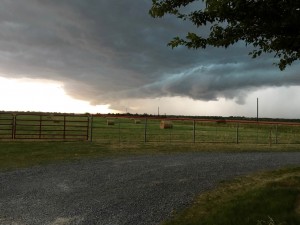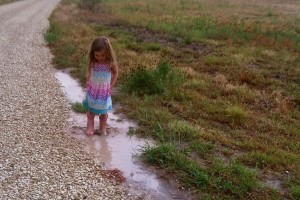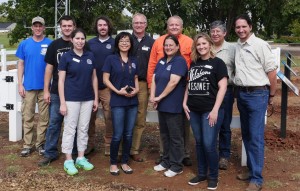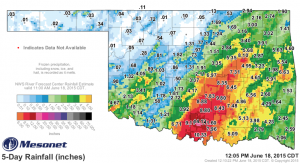What gambles do farmers take? They gamble on when and how much it will rain. They play the odds. If I put down some fertilizer, will it rain enough to move it into the soil? Will rain fall in time for my planted seed to come up? Will the next forecasted rain be enough to incorporate this herbicide?
Photos: Left, headed wheat east of Chickasha 04/25/18 (A. Sutherland). Right, headed wheat north of Duke 04/27/18 (K. Johnson).
The rain gamble is different for every farmer, for every crop. As we finished out 2017 in Oklahoma, rain was elusive. Continue reading
